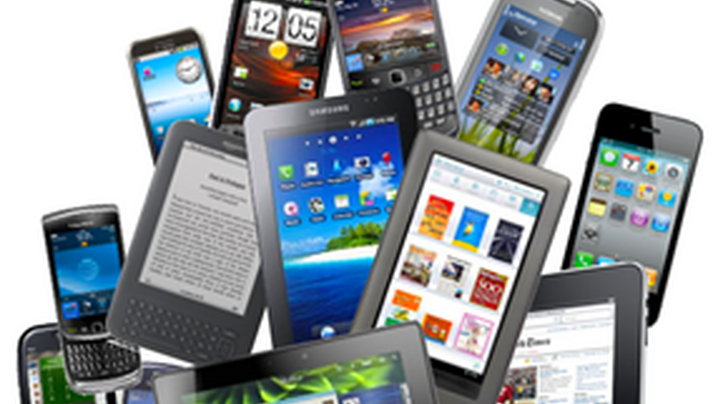
By Jerry Schulz
One of the current buzzwords in information technology is “BYOD.” This is an acronym for “Bring Your Own Device,” a.k.a. “BYOT,” or “Bring Your Own Technology.”
The concept of BYOD is that organizations should encourage employees to bring their own technology devices to use at work. These devices could range from aged cell phones to high-end laptops, plus also now tablets (e.g., iPads) or anything else on the range in between.
Of course, employees have been coming to work with these devices since they were first invented, and particularly in the case of cell phones and now smart phones it would be hard to stop them. A formal BYOD policy simply acknowledges this trend but then takes the next big step of figuring out how the employees can use these devices to do their daily work.
Industry gurus and technology vendors are providing guidance on implementing BYOD, on the assumption that you are already convinced you must do this. But must you?
Implementation of BYOD has a number of implications:
- Personal devices must be able to connect to the organization’s wired network but more importantly the wireless network, using Wi-Fi ability. This may require adding wireless access points to the network.
- Devices of different types must be able to access the organization’s e-mail system, but more significantly…
- Devices must be able to access the organization’s data systems. This is a particular challenge from a software compatibility standpoint since data applications typically assume that the devices using them have a standard version of the operating system (typically, Windows), web browser, Java, etc. So access to the data applications by devices with other types of software may not work well or may not work at all.
- The same security protections that standard devices work under need to be extended to the BYOD devices.
- Support staff members need to be able to provide support for the diverse range of devices.
A problem with all of this is that it creates what is arguably an unnecessary workload for the already overworked information technology staff. And what if an employee really does need some kind of mobile device to properly do his or her job but is unwilling or unable to bring their own? This may be the biggest problem with BYOD—it diverts attention from the organization’s responsibility to provide the needed tools to all its employees.
What I’m leading up to, of course, is that what the government is entitled to say, and I feel generally should be saying, is DBYOD—don’t bring your own device. Instead, the government should adopt an aggressive policy of saying don’t bring your own device because we will issue you the appropriate devices needed for you to excel at doing the important work of our organization, and these devices will be drawn from a standard set of devices that work seamlessly with our applications and that we can easily support.
You may encounter objections such as, “I’m constantly in meetings, and I need my iPad to take notes and occasionally check e-mail.” The response of the organization should be, “If so, let us issue you a laptop that will be more tied into the organization’s file storage and will generally allow you to have better technical support in your meetings.”
Same thing with phones. If an employee is on the move and constantly needs to make work calls when away from the desk, then the organization should issue a standard work phone.
The extra cost of issuing work devices rather than having employees bring their own should be viewed as simply part of the cost of doing business—and may be offset by the elimination of the need to provide BYOD support. But more importantly, it will allow the job to be done better.
One slight concession to BYOD for employees would be to offer “guest” access to the organization’s wireless network. This could be done in a way that wouldn’t compromise security and would be greatly appreciated by employees such as firefighters who might not normally be issued any device but who might make reasonable use at work of personal laptops and tablets. This guest ability could also be extended to benefit citizens in your government’s buildings—so anyone in the facilities, employees or just citizens, can access the network.
This is a little bit of a contrarian view, going against the current BYOD tide, so as always please comment if you don’t agree or have something additional to add. In future weeks I’ll try to talk more about how the use of mobile devices is bringing about big changes in the government workplace.
P.S. – The issue of BYOD also exists in the K-12 school system, and school districts are scrambling to accommodate kids dragging in their devices. It probably won’t surprise you that I feel the answer here is the same as for governments, but with a twist—we’re at a point in the evolution of our educational system where we simply need to issue a standard device to every student, or what’s called 1:1, one device for one student.
New, Reduced Membership Dues
A new, reduced dues rate is available for CAOs/ACAOs, along with additional discounts for those in smaller communities, has been implemented. Learn more and be sure to join or renew today!
